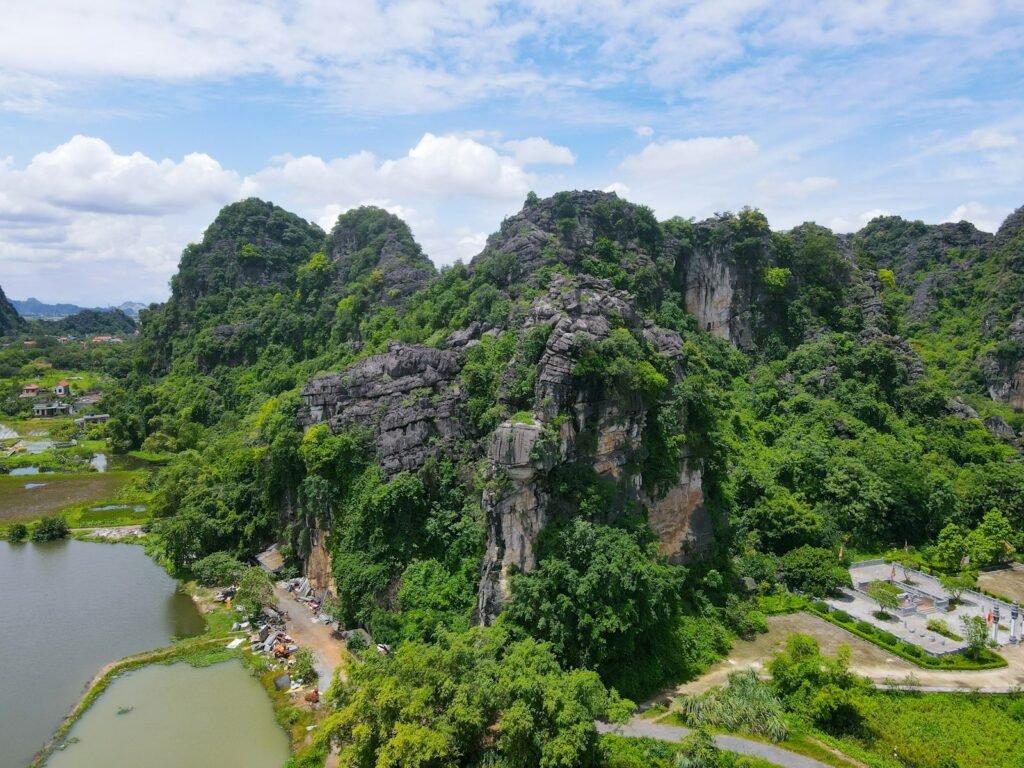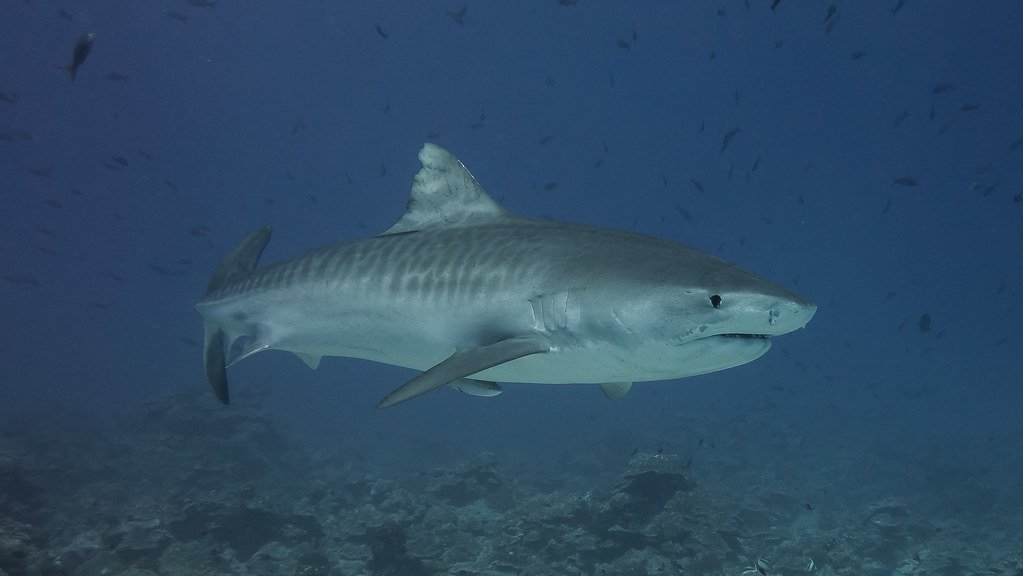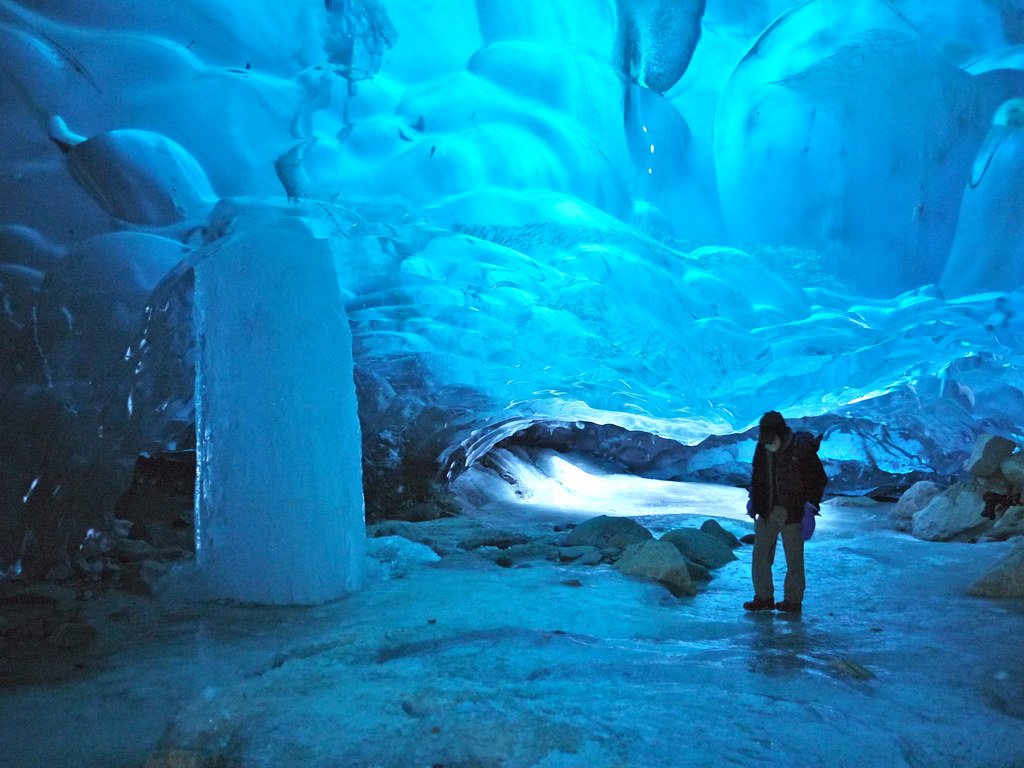Beneath the world’s oceans, a silent and hidden force is stirring—one that could reshape our climate in ways we can barely imagine. Picture this: vast fields of icy crystals, packed not with water, but with methane, one of the most potent greenhouse gases known to humanity. These mysterious reserves, frozen for millennia under immense pressure and cold, may seem harmless now. Yet, as Earth’s temperatures rise and the seas warm, the stage is set for a dramatic awakening. Will we be ready when nature’s ticking time bomb goes off? The story of frozen methane beneath the sea is as thrilling as it is urgent, demanding both our scientific curiosity and our immediate attention.
What Is Methane Hydrate?
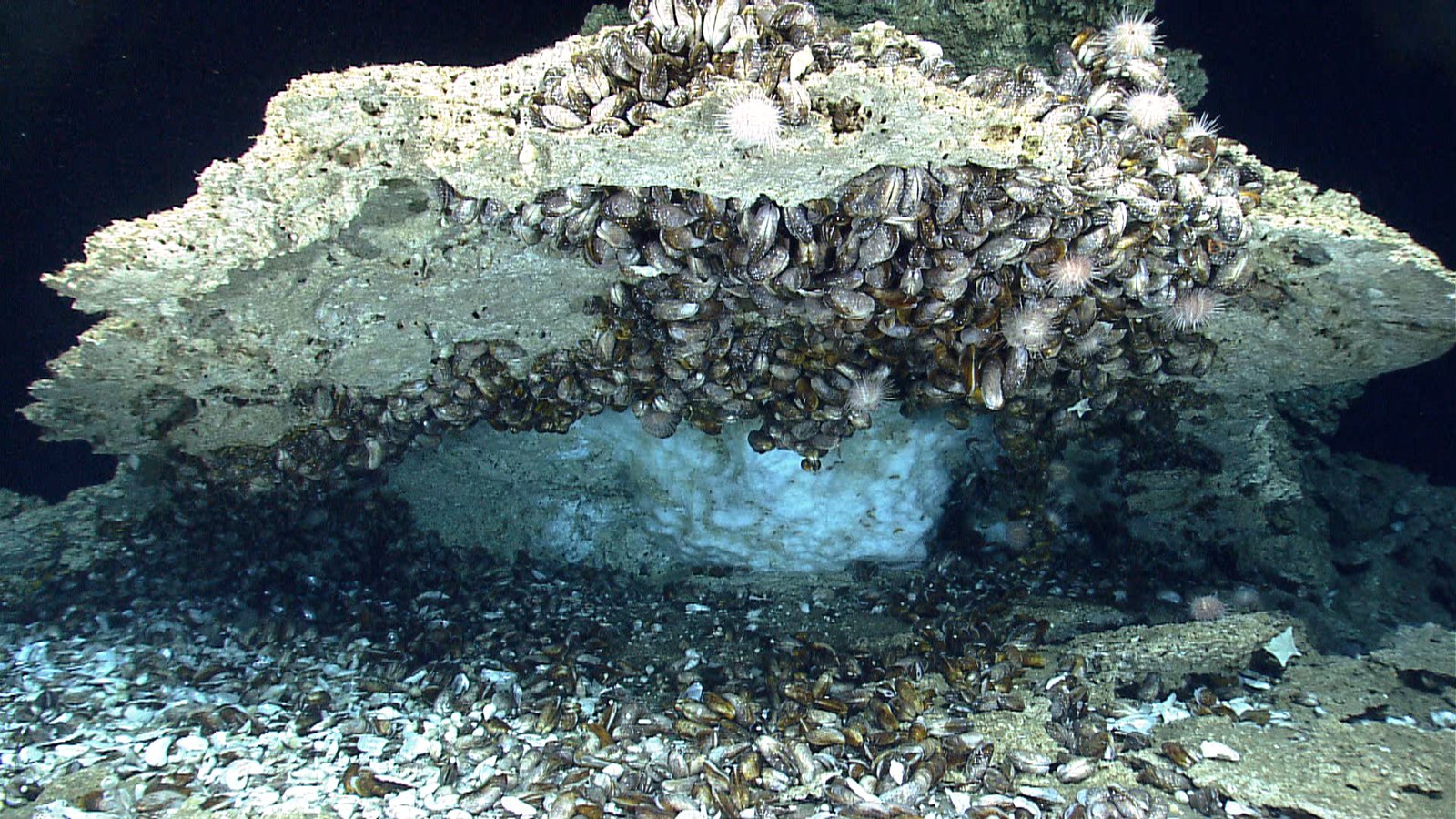
Deep under the ocean floor and in the world’s permafrost, methane hydrates—sometimes called “fire ice”—form under crushing pressure and cold temperatures. These crystalline structures trap methane gas inside cages of water molecules, making them look almost like packed snow or frozen sugar. When brought to the surface, methane hydrates fizz and release methane gas, which can ignite with a single spark. What makes them truly astonishing is the sheer amount of methane they hold: a single cubic meter of hydrate can release up to 160 cubic meters of gas. Scientists believe that methane hydrates could contain more carbon than all the world’s coal, oil, and conventional natural gas reserves combined. This makes them both a potential energy resource and a looming environmental threat. Their stability depends on cold temperatures and high pressures, conditions that are now threatened by global warming.
The Hidden Depths: Where Are Methane Hydrates Found?
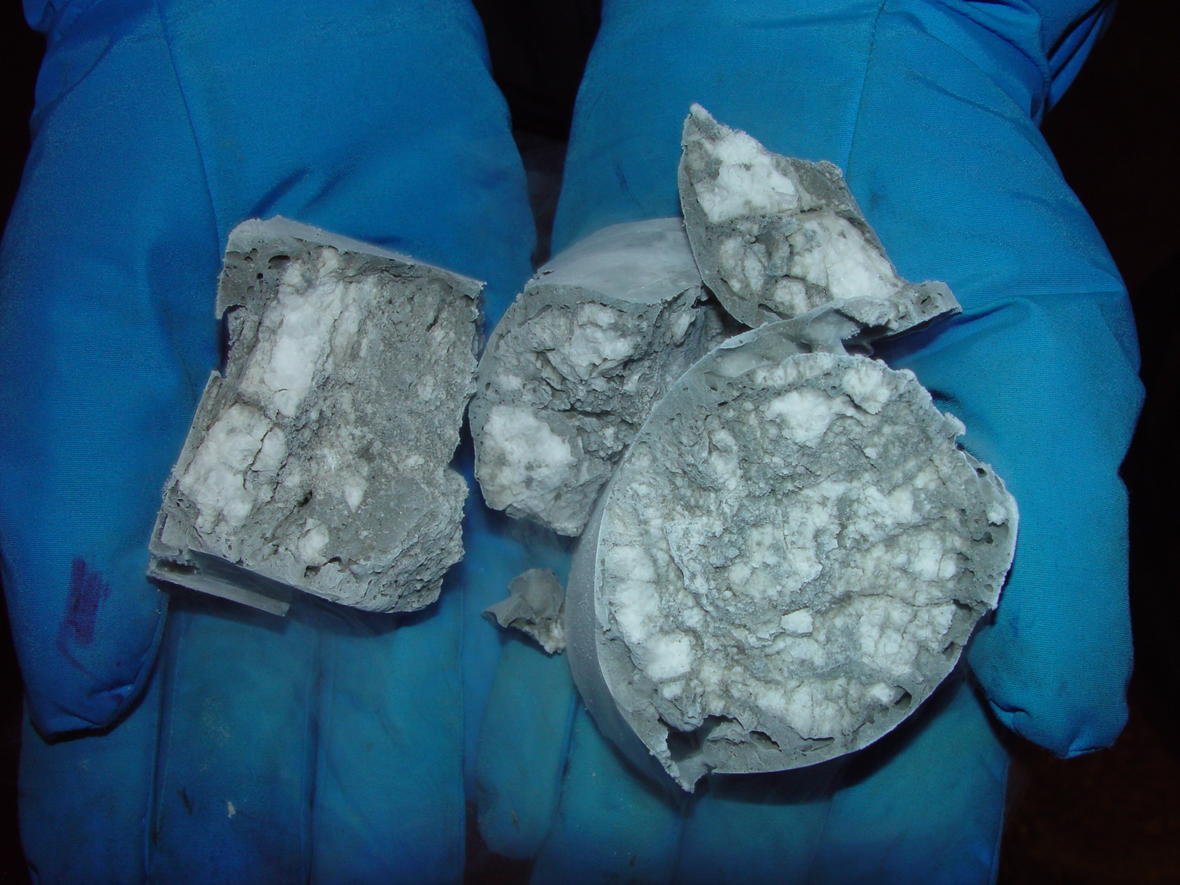
Methane hydrates are not scattered randomly across the seafloor—they cluster in specific regions, often along the continental margins where ocean depths range from 300 to 500 meters. These undersea deposits can be found off the coasts of places like Japan, the Gulf of Mexico, and the Arctic Ocean. Some hydrates also lie beneath the frozen tundra of Siberia and Alaska, locked within permafrost. Their presence in these remote and often inaccessible areas has made them difficult to study, adding an air of mystery to their true extent. Recent expeditions have used submarines, drilling rigs, and remote sensors to map hydrate deposits, revealing vast fields that stretch for hundreds of kilometers. The sheer scale of these reserves suggests that the threat—and opportunity—they pose is global in scope.
Why Methane Is So Dangerous for the Climate
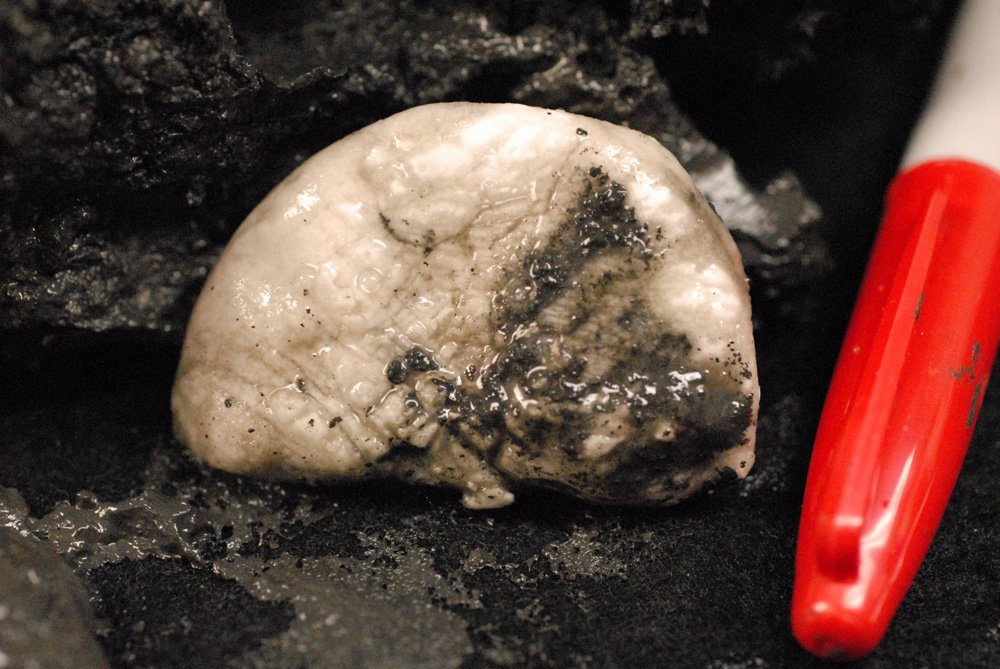
Methane is a greenhouse gas with a punch—it traps heat in the atmosphere over 25 times more effectively than carbon dioxide over a century. When released, methane doesn’t linger as long as CO2, but its short-term impact is much more intense. If large amounts of methane from hydrates were to escape into the atmosphere, global temperatures could surge rapidly, amplifying climate change far beyond what current models predict. This is why scientists refer to undersea methane as a “ticking time bomb.” Each year, small amounts of methane naturally seep from the ocean floor, but warming waters could dramatically increase these emissions. The consequences could range from accelerated ice melt and sea level rise to the disruption of weather patterns worldwide.
How Global Warming Threatens Methane Stability
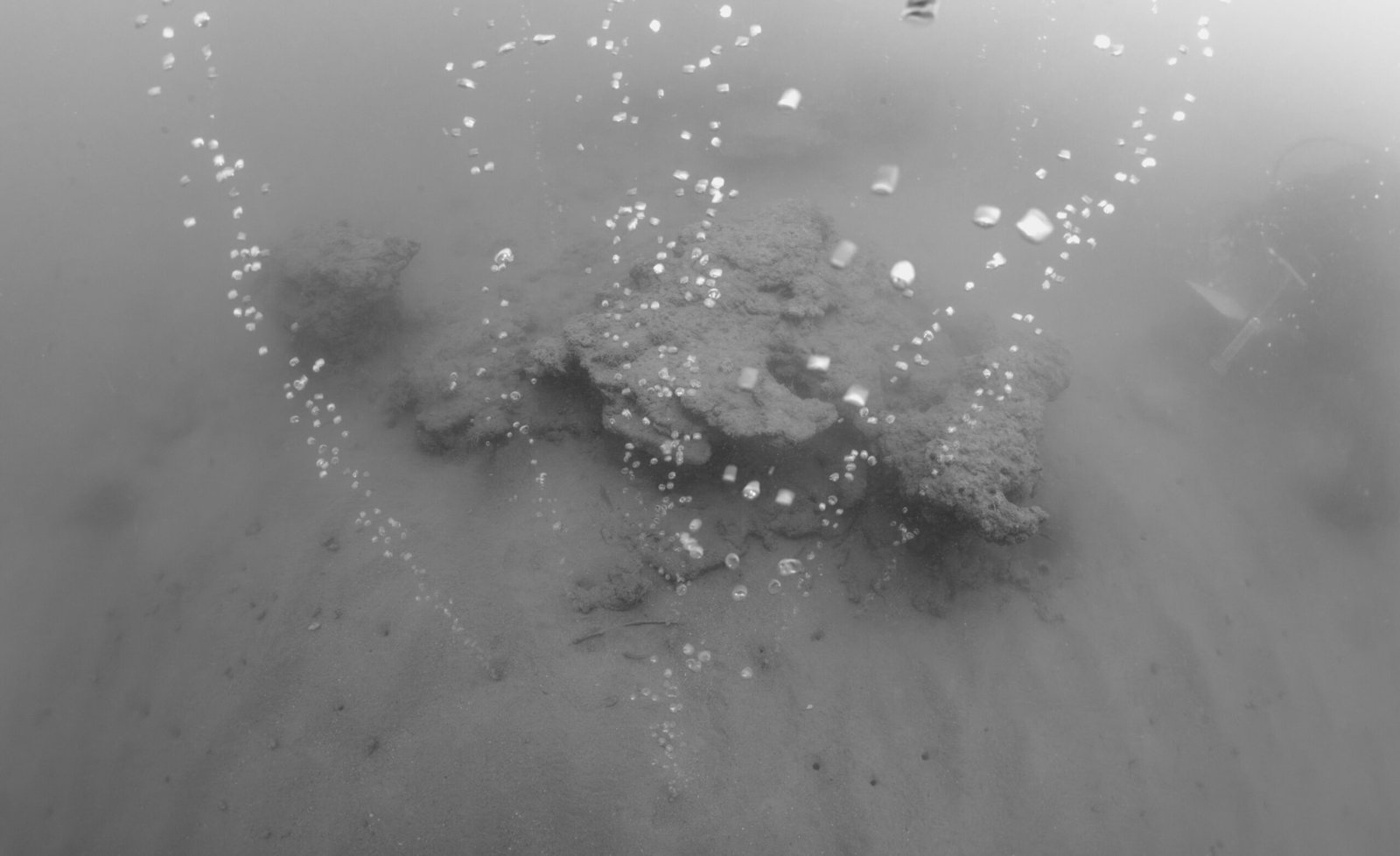
Rising ocean temperatures are the key to unlocking this hidden peril. As the surface warms, heat slowly penetrates deeper waters, reaching the layers where methane hydrates are stable. Even a small increase in temperature can tip the balance, causing hydrates to melt and release their methane. Some Arctic regions have already shown signs of destabilization, with bubbles of methane rising from the seafloor like an eerie underwater cauldron. Satellite measurements and ocean monitoring have detected plumes of methane escaping into the water column and, in some cases, reaching the atmosphere. This feedback loop—where warming begets more methane, which leads to more warming—poses a serious risk for the planet’s climate system.
Historic Methane Release Events: Lessons from the Past
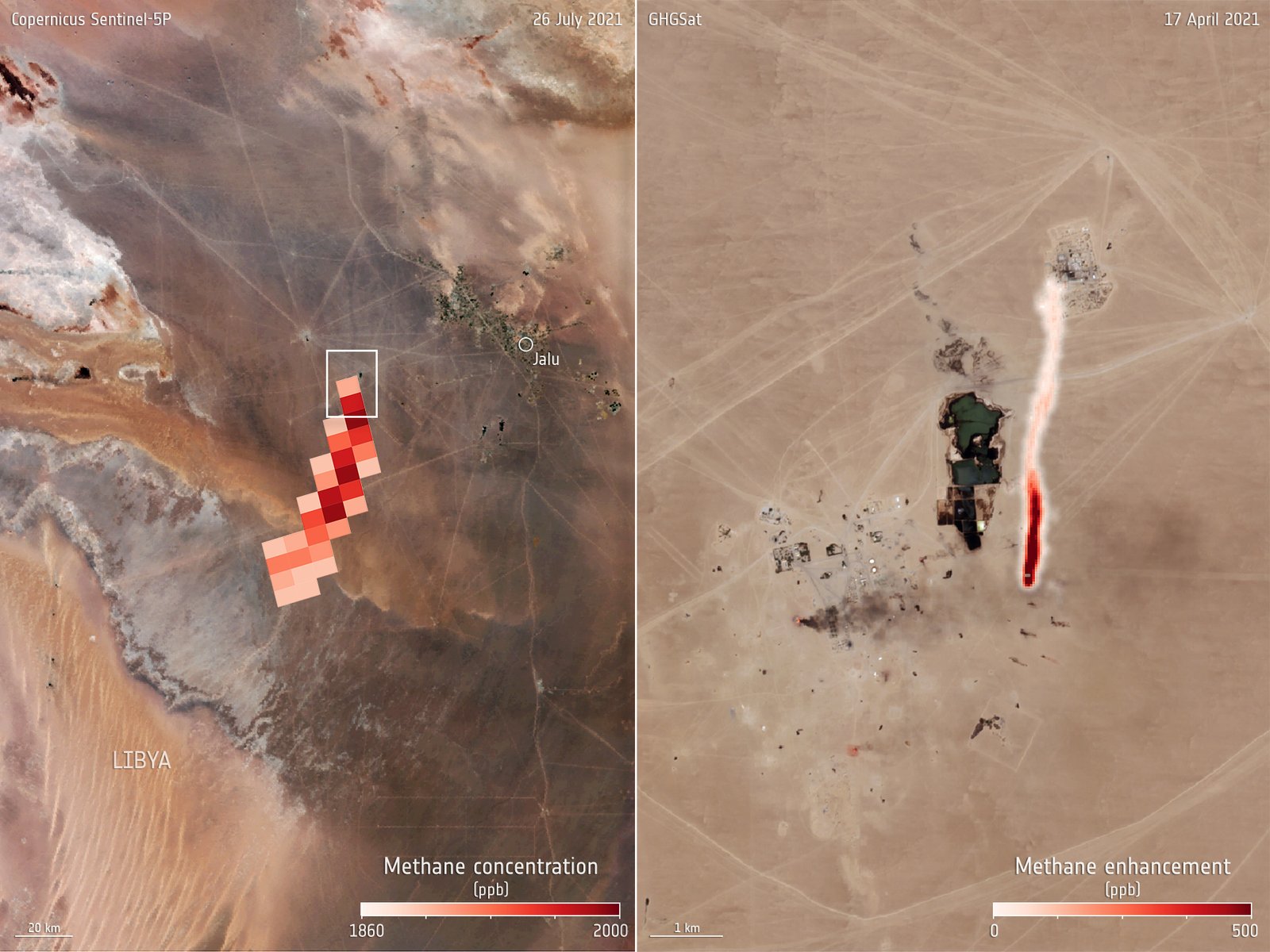
Earth’s history holds chilling examples of what can happen when frozen methane is unleashed. Around 55 million years ago, during an event known as the Paleocene-Eocene Thermal Maximum (PETM), massive amounts of methane are believed to have erupted from ocean sediments, sparking a rapid spike in global temperatures. Fossil records show that this period saw dramatic extinctions and upheavals in both marine and terrestrial ecosystems. The lesson is clear: when methane is suddenly released, the consequences can be profound and irreversible. Modern scientists use these ancient events as cautionary tales, warning that we may be closer to a similar tipping point than we realize.
Modern Signs: Methane Bubbles and Arctic Warnings
Recent expeditions in the Arctic Ocean have documented a startling phenomenon: methane bubbles rising from the seafloor, sometimes in plumes so dense they look like underwater fountains. Fishermen off the Siberian coast have reported gas bubbles breaking the surface, even igniting when struck by lightning or open flames. These observations are no longer rare—they’re becoming more frequent, a sign that permafrost and undersea hydrates are already starting to thaw. Scientists have raced to monitor these regions, deploying sensors and conducting dives to track methane emissions. The urgency is growing; what was once theoretical is now playing out before our eyes.
Can Methane Hydrates Be Used as Energy?

The idea of tapping into methane hydrates as a new energy source is both alluring and risky. Countries like Japan and China have launched pilot projects to extract methane from undersea hydrates, hoping to revolutionize their energy sectors. Early tests have succeeded in releasing methane, but the process is fraught with technical and environmental challenges. Disturbing hydrates can trigger seafloor landslides, further releasing gas uncontrollably. There’s also the risk that efforts to harvest this resource could backfire, accelerating climate change rather than providing a safe transition from fossil fuels. For now, the technology remains experimental, and the dangers may outweigh the benefits.
Threats to Ocean Ecosystems
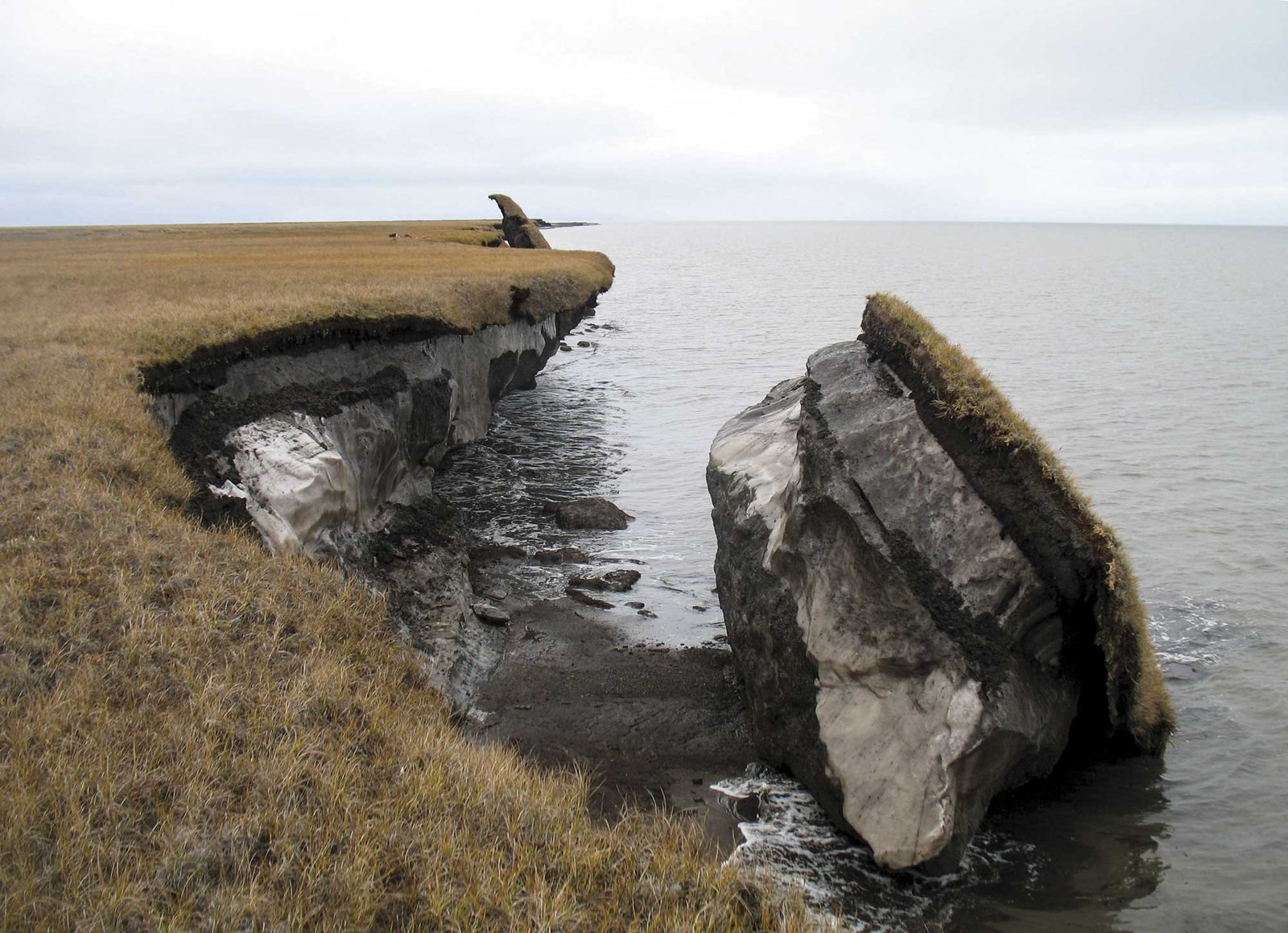
The destabilization of methane hydrates doesn’t just threaten the atmosphere—it also poses grave risks to ocean life. When methane bubbles up from the seafloor, it can create oxygen-depleted zones known as dead zones, where few creatures can survive. These areas disrupt food chains, imperiling fish stocks and marine mammals that depend on them. Methane can also acidify seawater, making it harder for shells and corals to form. The ripple effects could devastate fisheries and coastal communities, underlining how interconnected the climate and ocean health truly are.
The Challenge of Monitoring Methane Emissions
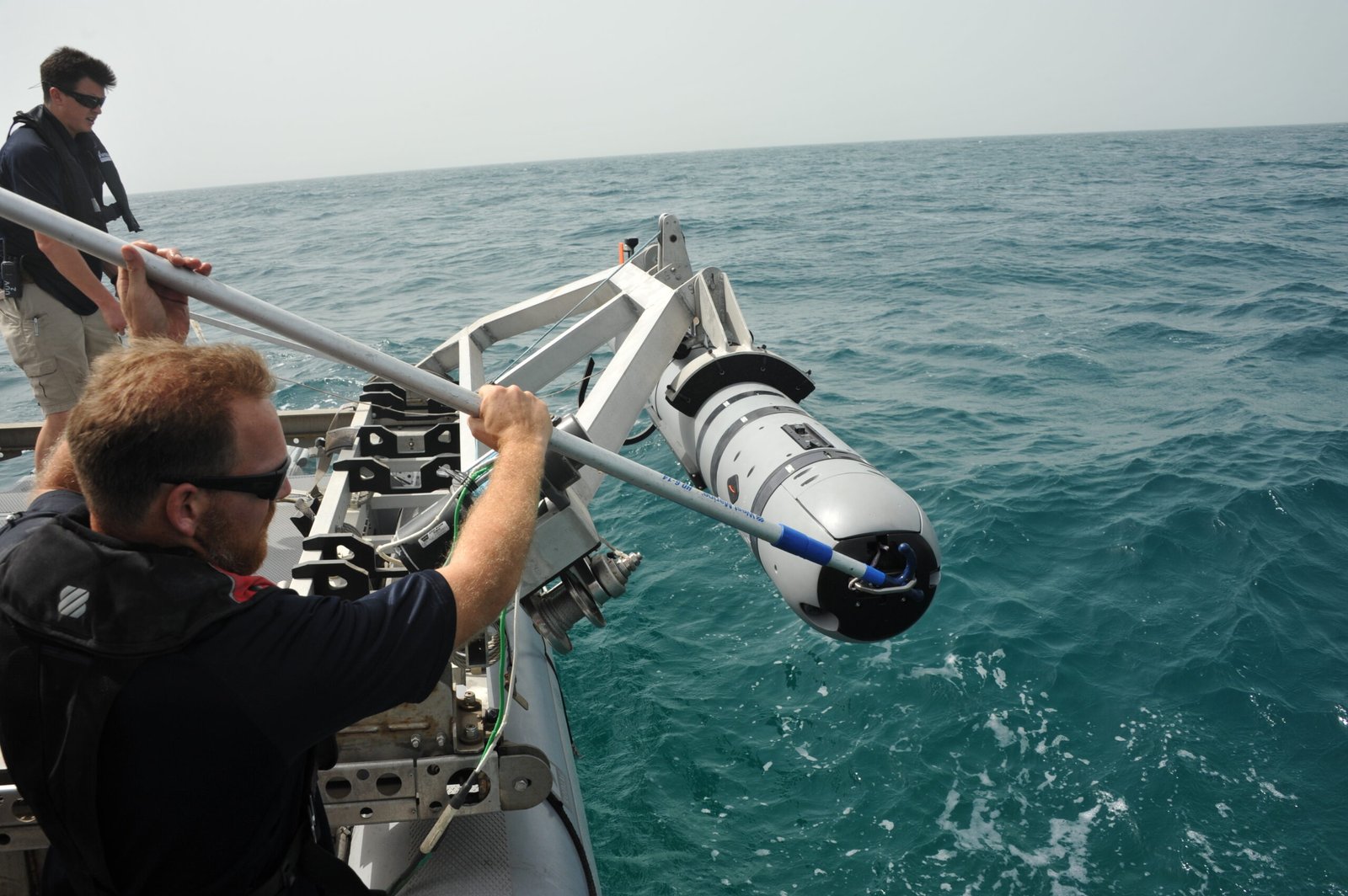
Tracking methane emissions from the seafloor is a complex and daunting task. Unlike carbon dioxide, which can be measured with satellites and surface sensors, methane bubbles are often quickly absorbed by seawater or broken down by microbes before reaching the air. Specialized underwater drones, sonar, and remote sensing technologies are being developed to detect these elusive plumes. Still, much remains unknown, and gaps in data make it difficult to predict exactly how fast or how much methane might be released. This scientific uncertainty adds to the sense of urgency, as policymakers and researchers grapple with how to respond.
What Can We Do About the Methane Threat?
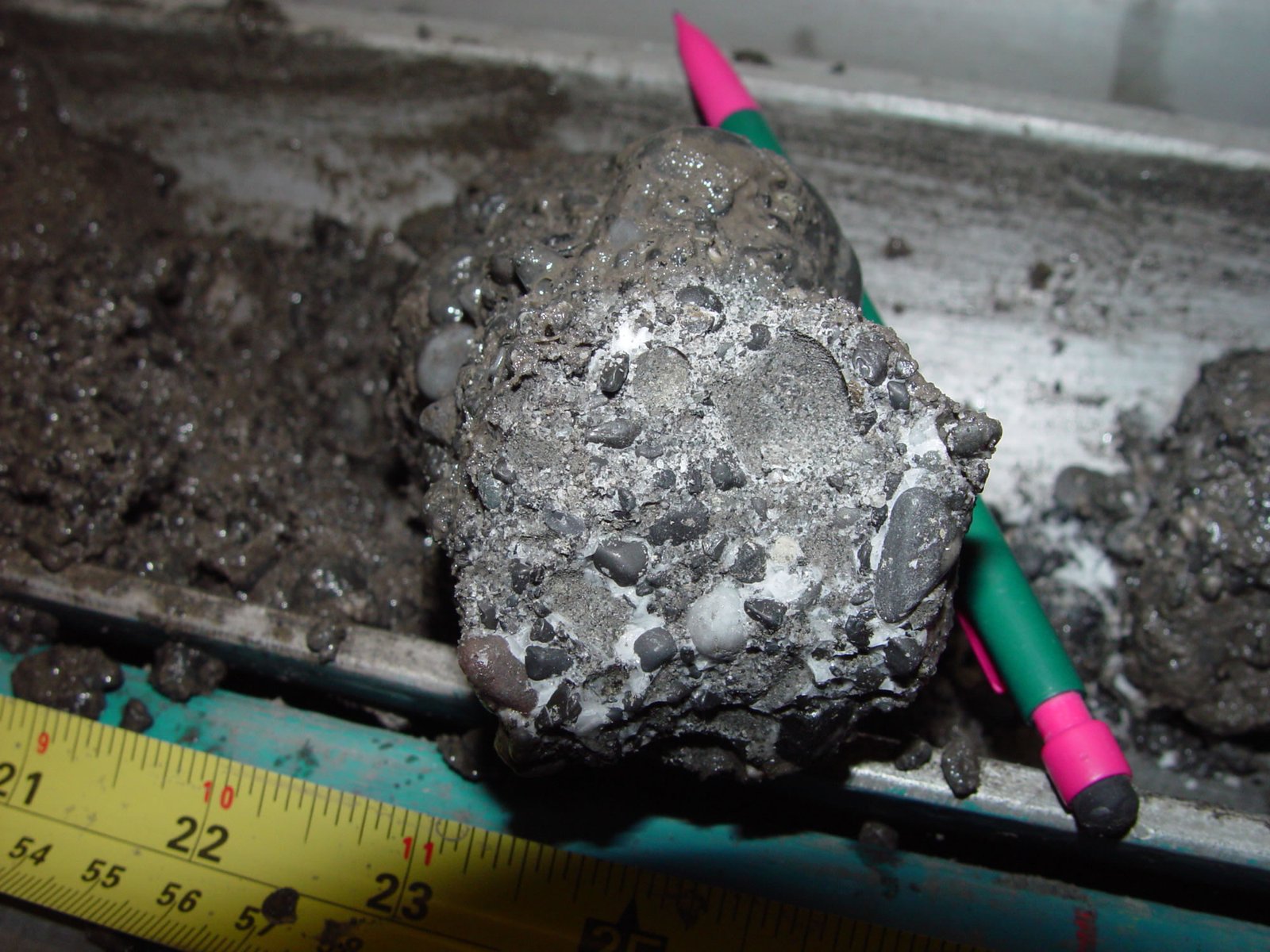
Addressing the risk of frozen methane requires a multi-pronged approach. Reducing global greenhouse gas emissions is the single most important step, as it slows ocean warming and buys time for further research. International collaboration is vital, since methane hydrates are a global issue without respect for political boundaries. Some scientists are exploring ways to capture or neutralize methane before it escapes, but these solutions are still in their infancy. Meanwhile, raising public awareness and supporting climate action can help pressure leaders to act before it’s too late.
Looking Forward: A Call for Vigilance and Innovation
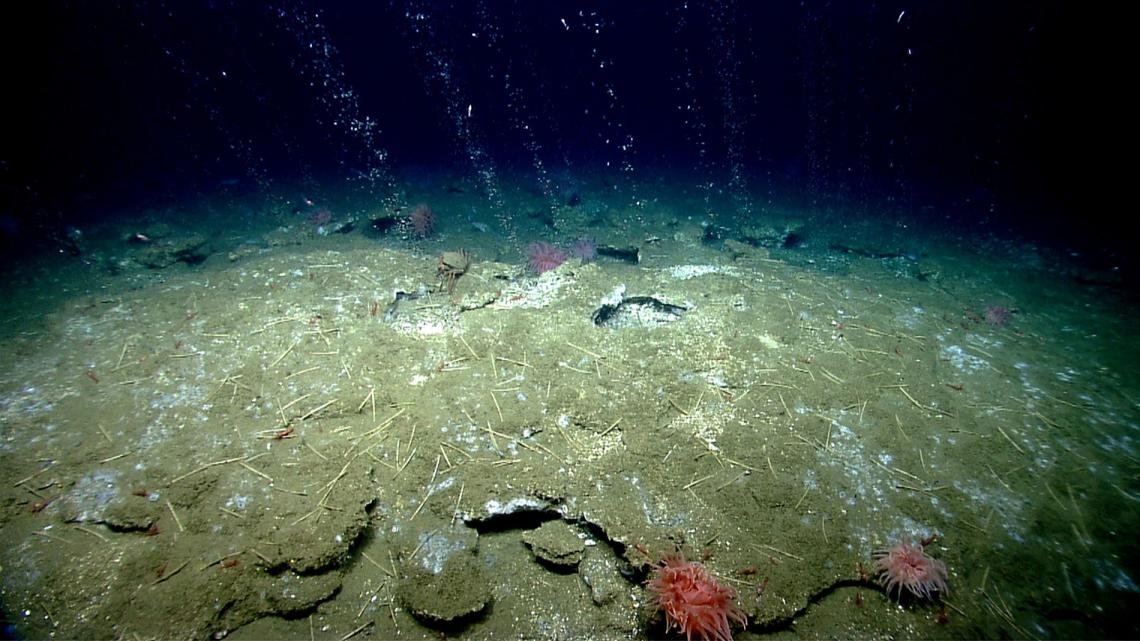
The story of frozen methane beneath the sea is both a warning and a call to action. Nature has hidden immense power beneath the waves—power that, if unleashed, could change our world forever. Whether we treat these hidden reserves as a threat or an opportunity will shape the fate of our planet. The clock is ticking, and the choices we make today will echo for generations. What role will you play in this unfolding story?


